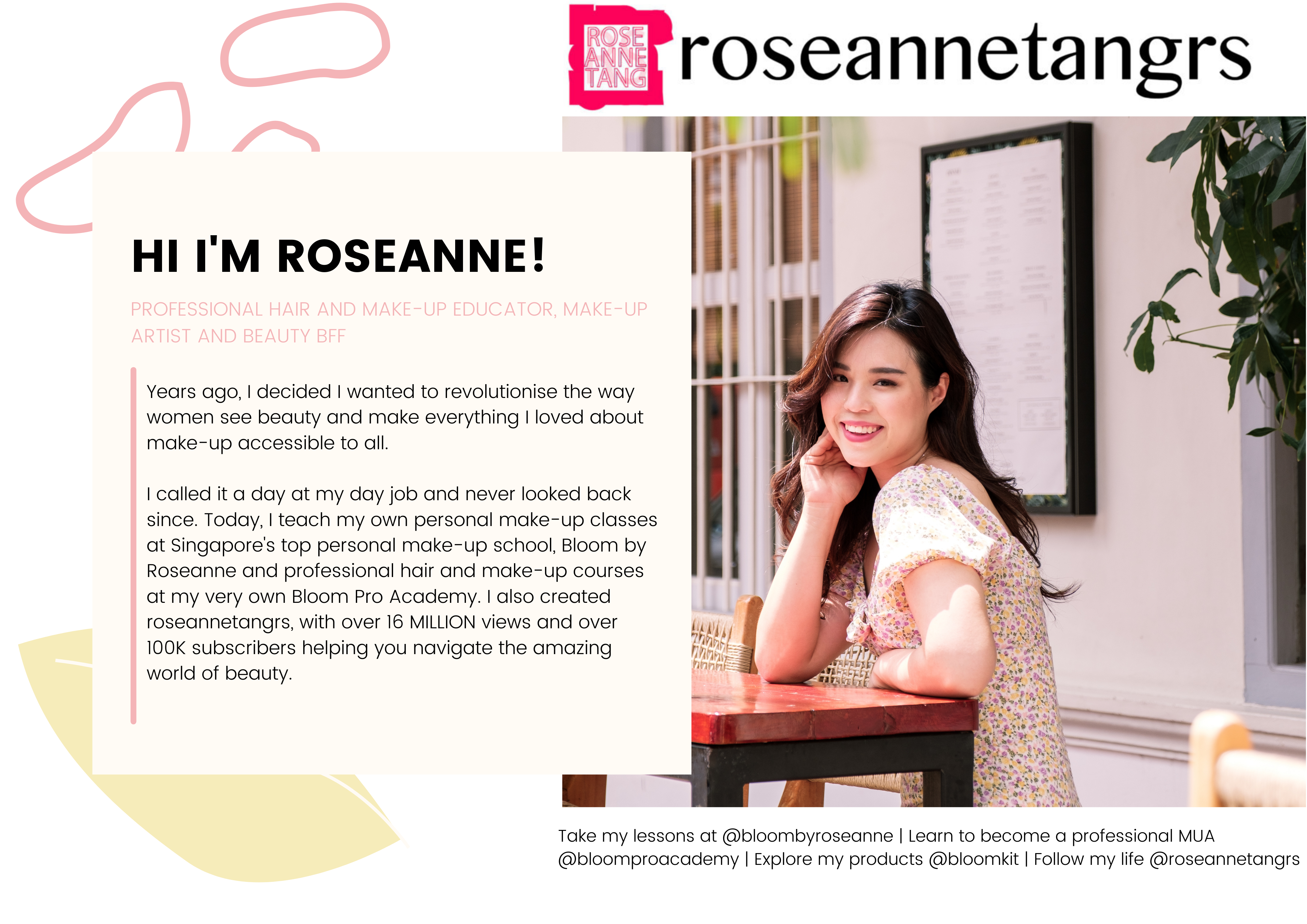Hey Everyone!

My advice to you? Run like the wind!
We all have a decent amount of days when we wish our make-up lasted forever, or perhaps we wished that at least it wouldn’t oil up so fast. Perhaps that after our sunscreens are applied, we could at least have a smooth canvas to apply our foundation. Well believe it or not, there are a few make-up products that claim to do all three and those are what we term make-up primers. In particular, I’ll talk about face primers today or foundation primers just because I’ve made a pretty decent example of eye-shadow primers: here
What do Face Primers do?
Make-up Primers claim to serve three main functions:
1. Make your make-up/foundation last longer
2. Lessens the amount of time you have to blot again
3. Creates a smooth canvas for you to apply your foundation
Of course other primers do a mix of these, don’t do one of them or have added other attributes like color correction or pore minimizing characteristics to the mix. Some are mineral, some are not, some include certain ingredients and some don’t. The same goes with any make-up product. In the effort for cosmetic companies to differentiate themselves, they have created numerous face primers that claim to have different ingredients and claim to do the same thing.
Primers pretty much have the same blueprint. A main ingredient is Dimethicone. Dimethicone is a silicone emollient which is the main ingredient that makes your skin so soft and supple. It’s supposed to locks in moisture, and forms a barrier between foundation getting to your skin and your facial oils from rising to the surface. Many high-end or whatever primers use this stuff, and its the main culprit behind so many drugstore subsitutions like the Monistat Chafing Gel.
Some people may be allergic to dimethicone because it is the main factor in the more thicker primers that are supposed to “fill in the gaps” like wrinkles to create and even surface for the foundation to apply on. I’ve tried the Smashbox photofinish which is a thick gel like primer and eventhough it created a flawless finish, I broke out in a matter of days. I don’t think its the dimethicone, but rather the amount of dimethicone that matters. I tend to stay away from thick, artificial feeling primers as a personal preference. I feel like my whole face is clogged up.
What form do Make-Up Primers come in and How to Apply?
Make-up primers can come in all forms but usually they come in gel or cream products. Many vary in consistency – some primers are liquid like and feel like water on your skin (Make-up Forever, NARS), some are thicker to minimize pores like the Smashbox photofinish primer. Don’t confuse primers with setting sprays. Setting sprays go after everything is applied. I personally find no use in them.
Applying Make-up primers is done best with your hands after your sunscreen. With clean hands, smooth the product and apply evenly to create a base. This will smooth everything out and you’ll find that your foundation applies much better.
I currently have two primers in my collection (I threw the other three away because I either finished them or did not like them). So here they are!
1. Rimmel Fix & Perfect:
This is a very raved about drugstore product from Rimmel.

I like the consistency. It’s not too thick and not too liquidy. It’s a great mix of both.
It’s know for its orange tint, but its nothing to worry about!
Because it blends out into nothing! We’ll investigate if it actually works or not later in this post.
2. Urban Decay Complextion Primer Potion
I’ve had my doubts about this mainly because of its consistency. It’s quite gel like and reminiscent of the smashbox photofinsh but a featherweight lighter.

The genie like bottle is similar to the UDPP and its a twist and squeeze which is convenient. The product says you only need very little to do the work. I..guess.
It really does the job on creating a silky complexion if anything.
So, do Make-Up Primers really work?
Honestly, although they claim to do magical things, I’m not very convinced that they do much at all except make a smoother canvas for your foundation to apply flawlessly. Maybe I haven’t met Mr. Primer right but from what I’ve tried (Nars, Smashbox, Makeup Forever, Urban Decay, Rimmel Fix & Perfect) I can’t say I’ve been impressed with them. I could go ahead and get a thicker primer but it’s not my personal preference to do so as I break out pretty easily. I’m still on the look out for a light primer that does all three functions, tell me if you’ve met any ;) Let’s see how the above two primers performed.
This is me without having applied any primer on in the morning. No touch-ups. Full day. Ew.
#1: Rimmel Fix & Perfect on, in the morning before the day starts:
This is Rimmel Fix & Perfect after. Ok, I see less oil for sure. My make-up certainly hasn’t stayed flawless though. But, it’s pretty good compared to the last photo.
#2. Urban Decay Complexion Primer – the Before picture.
And after! I reckon my make-up really didn’t last. I see differences in oil but where did the majority of my make-up go?
So there you have it, a pretty much comprehensive guide to face primers. Phewf. I hope you liked it!
What’s your favourite face primer?
P.S: Stay tuned to my next post when I de-pot my UDPP ;)
Love,
Roseanne










